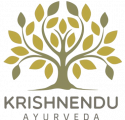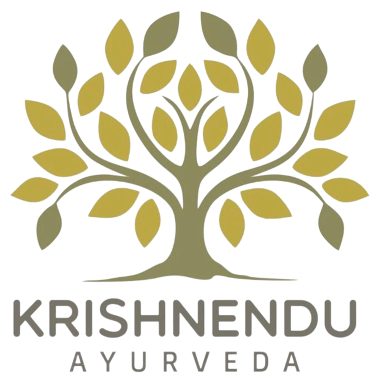Knee Pain in Ayurveda
Ayurvedic Treatment for Knee Pain in Kerala, India
The knee is one of the largest joints in the body, shaped by the lower end of the femur, upper end of the tibia and the patella (knee cap). A few ligaments and muscles connected to the bones of the knee joint keeps up ordinary movement. Special cartilaginous tissues, known as menisci, are placed between the two articular ends of the joint. These act as a cushion between the articular surfaces and absorb the shock during movement. An injury or disease of the knee joint, or any structure surrounding the knee can result in pain.
Causes
Some of the common causes of knee pain include:
- Arthritis, a condition associated with inflammation of the joint
- Knee ligament injuries
- Torn meniscus
- Patellar tendonitis, inflammation of the patellar tendon which connects the kneecap to the shin bone
- Chondromalacia patellae, softening of the articular cartilage on the undersurface of the kneecap causing knee pain
- Dislocated kneecap
- Baker’s cyst, a fluid-filled swelling in the back of the knee
- Knee bursitis, inflammation of the small fluid-filled sacs (bursae) located around the joints
- Plica syndrome results from inflammation of the synovial tissue of the knee causing knee pain and swelling
- Osgood-Schlatter disease, caused by irritation of the growth plate at the front of the knee joint
- Osteochondritis dissecans, characterised by detachment of a cartilage fragment and a thin layer of the bone from the end of a bone due to inadequate blood supply
Gout, joint pain caused by the accumulation of uric acid crystals
Symptoms
The area and seriousness of knee pain may change, depending on the cause of the problem. Symptoms of knee pain include:
- Swelling and stiffness
- Redness and warmth to the touch
- Weakness or instability
- Popping or crunching noises
- Inability to fully straighten the knee
The Ayurvedic Explanation
According to ayurveda knee pain or swelling of the knee joint is Sandhivata in which the vitiated vata affects the joints which intently looks like the ailment of Osteoarthritis. Injury, ama dosha, fasting, riding or standing irritates vata dosha which leads to sandhivata.
Ayurveda Treatment for Knee Pain
Treatments are recommended according to the symptoms and as per the requirements. The common Ayurveda treatment for knee pain are:
Panchakarma:
Panchakarma is one of the most famous treatment methods in Ayurveda. The process comprises five steps for the detoxification and rejuvenation of mind and body. This treatment contains herbal massages and cleansing enemas.
Abhyanga
Vata vitiation causes dryness of joints which initiate degeneration of tissues. Oil application prevents the same. Massage stimulates blood circulation and assists the lymphatic system, improving the elimination of waste throughout the body. Absorption through the skin can be enhanced by suspending the drug in an oily vehicle and rubbing it on the skin. Thus, the medicaments used as massage are absorbed through the skin.
Virechana
Virechana cleanses the body and helps to open different channels and this help in better absorption of medicaments. Virechana also helps in maintaining or restoring the optimum equilibrium in Tridosha.
Swedana
Swedana will help to open the pores in the body and helps to eliminate waste materials and increases absorption. This therapy also helps to reduce stiffness and increase range of movements.
Vasthi
This is considered as the best treatment for vata diseases. rectal and colon regions are rich in capillary blood vessels which enhances quick absorption of the medicine.
Upanaha
Upanaha is the application of medicinal pastes over the affected area and covers the area with some particular leaves which reduce inflammation and stiffness.
Diet Practices
Here are some of the foods that must be included in the Knee Pain diet:
- Fish: Some fish are packed with inflammation-fighting omega-3 fatty acids, experts recommend at least 3 to 4 ounces of fish, twice a week. Omega-3-rich fish include salmon, tuna, mackerel and herring.
- Soybean: Rich in protein and low in fat, soybean is a healthy option.
- Healthy oils: Virgin olive oil is packed with healthy fats, as well as oleocanthal, which has properties similar to non-steroidal, anti-inflammatory drugs.
- Berries: Berries such as strawberries, raspberries, blueberries and blackberries and also cherries are rich in anthocyanins, a natural chemical that has anti-inflammatory properties.
- Calcium-rich foods: Calcium-rich foods such as milk, yoghurt, spinach, etc should be consumed regularly as it helps in depositing calcium in the cavities of the weakened bone structure.
- Vitamin D: It is essential for the absorption of Calcium and is activated by taking strolls in the morning sunlight.
Ayurvedic treatment for knee pain requires proper diagnosis and treatment of the root cause. At Krishnendu Ayurveda, we have a very systematic approach in treating knee pain; we plan a customized treatment for each individual which is specific to their symptoms.

